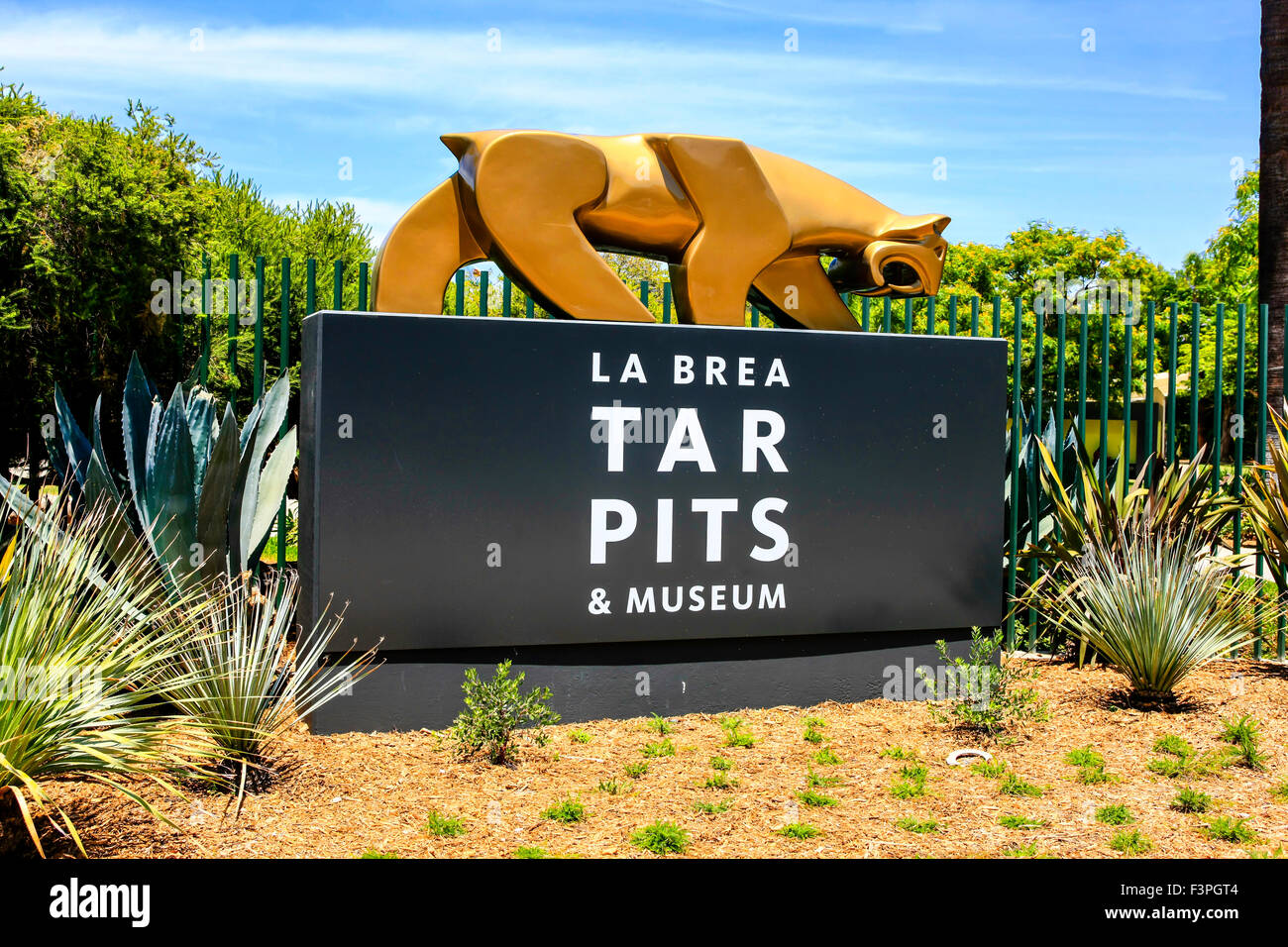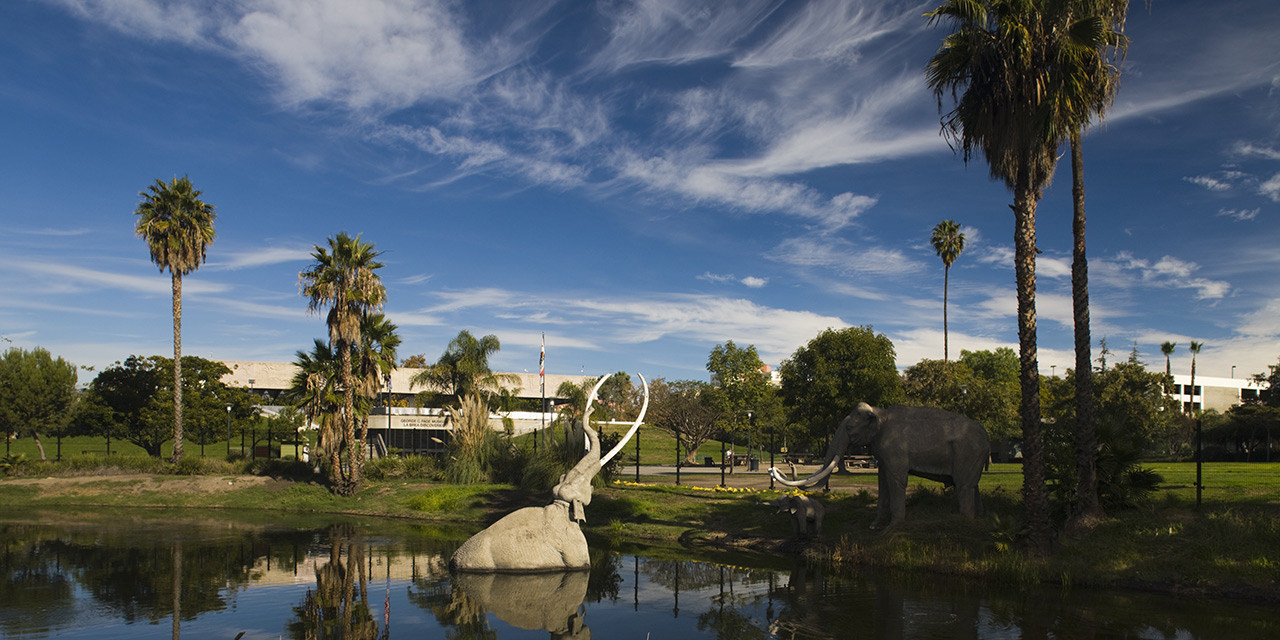La Brea Tar Pits and Museum Photos: Visual Tour of the Website
La Brea Tar Pits and Museum Photos: Visual Tour of the Website
Blog Article
Discover the Mysteries of Prehistoric Los Angeles at the La Brea Tar Pits and Gallery
Please visit one of our local supporters- Bed Bug Exterminator La King
In the heart of Los Angeles lies a website that holds a treasure of ancient keys waiting to be uncovered. The La Brea Tar Pits and Gallery stand as a testament to the primitive era, providing a window right into a globe lengthy past. As visitors wander through the gallery's halls, they are met the remnants of Ice Age animals iced up in time, offering glimpses right into what life was like countless years earlier. However, past the surface displays exists a riches of unidentified explorations waiting to be revealed, clarifying the secrets that continue to intrigue visitors and scientists alike.
Geological Wonders of the Tar Matches
The La Brea Tar Pits in Los Angeles stick out as a remarkable geological sensation, providing an unique home window right into the primitive world. These pits have been proactively seeping asphalt for tens of hundreds of years, developing a sticky trap for unwary animals. As animals roamed in search of water, they would certainly become stuck in the tar, inevitably meeting their death. The thick asphalt served as a chemical, recording the bones of these unfavorable animals and giving researchers with a treasure of fossils to research. La Brea Tar Pits and Museum in california.
The tar pits themselves are a result of petroleum leaking up from the ground through a split in the Earth's crust, where lighter elements evaporate, leaving behind the dense asphalt. Gradually, this procedure produced a sticky, black substance that has actually captivated scientists and site visitors alike. The geological marvels of the tar pits provide a look into the past, showcasing a natural sensation that has actually played an essential role in protecting the history of prehistoric Los Angeles.
Glacial Epoch Fossils on Present
Presenting a range of Glacial epoch fossils, the La Brea Tar Pits and Gallery offer site visitors with a fascinating peek into the ancient past. The museum's collection consists of a diverse series of fossils going back to the last Glacial period, using understanding into the ancient creatures that once roamed the Los Angeles location. Site visitors can marvel at the unspoiled bones of mammoths, saber-toothed pet cats, alarming wolves, and various other extinct types that were caught in the natural asphalt deposits of the tar pits.
Among the highlights of the museum's Glacial period fossil display screen is the famous Columbian monstrous exhibition. Standing high and imposing, the massive skeleton gives a striking graph of the amazing animals that lived 10s of countless years earlier. Additionally, site visitors can observe the impressive collection of saber-toothed cat skulls, showcasing the fearsome predators that as soon as tracked the old landscape.
Paleontological Discoveries Revealed

With careful analysis of these fossils, scientists have actually been able to reconstruct previous environments, track transformative modifications in species, and decipher mysteries bordering the communications in between killers and target. Furthermore, the La Brea Tar Matches have used unusual looks right into the behaviors and adaptations of primitive animals, shedding light on their survival approaches in a challenging and vibrant landscape. As a very useful paleontological website, the La Brea Tar Matches and Gallery continue to expose brand-new explorations that deepen our understanding of the ancient past.
Interactive Displays for All Ages

For younger visitors, the gallery offers interactive exhibits like the "Ice Age Encounters" show, including life-sized replicas of Glacial epoch animals that relocate and holler, bringing the past to life in a academic and exciting method. The "Excavator Area" permits youngsters to dig for fossils themselves, sparking their curiosity and interest in science. These interactive exhibitions provide to a vast array of ages, making the La Brea Tar Matches and Gallery a must-visit destination for families and individuals alike.
Behind-the-Scenes Excavation Insights
The interactive displays at the La Brea Tar Matches and Gallery not only captivate site visitors of all ages yet additionally provide unique insights into the behind the curtain excavation procedures. Visitors can dive right into the globe of paleontology by observing real excavations happening on-site. The gallery supplies an unusual possibility to witness paleontologists diligently discovering fossilized remains of old creatures such as mammoths, saber-toothed cats, and alarming wolves from the sticky asphalt down payments.

Final Thought
To conclude, the La Brea Tar Pits and Gallery in Los Angeles supplies a remarkable look right into the prehistoric past with its geological wonders, glacial epoch fossils, and paleontological discoveries. Visitors of any ages can involve with interactive exhibits and acquire insights into behind the curtain excavation procedures. The museum gives an unique chance to discover the enigmas of ancient Los Angeles and find out regarding the old animals that roamed the area hundreds of years back.
Presenting a range of Ice Age fossils, the La Brea Tar Matches and Gallery provide site visitors with an exciting glimpse into the old past.Exploring the diverse collection of interactive exhibits at the La Brea Tar Matches and try this Museum provides academic and interesting experiences for visitors of all ages. These interactive exhibitions cater to a large array of ages, making the La Brea Tar Matches and Gallery a must-visit location for people and families alike.
The interactive displays at the La Brea Tar Matches and Gallery not just astound site visitors of all ages but also supply one-of-a-kind understandings into the behind-the-scenes excavation procedures.In conclusion, the La Brea Tar Matches and Gallery in Los Angeles offers a remarkable look into the ancient past via its geological wonders, ice age fossils, and paleontological discoveries.
Report this page